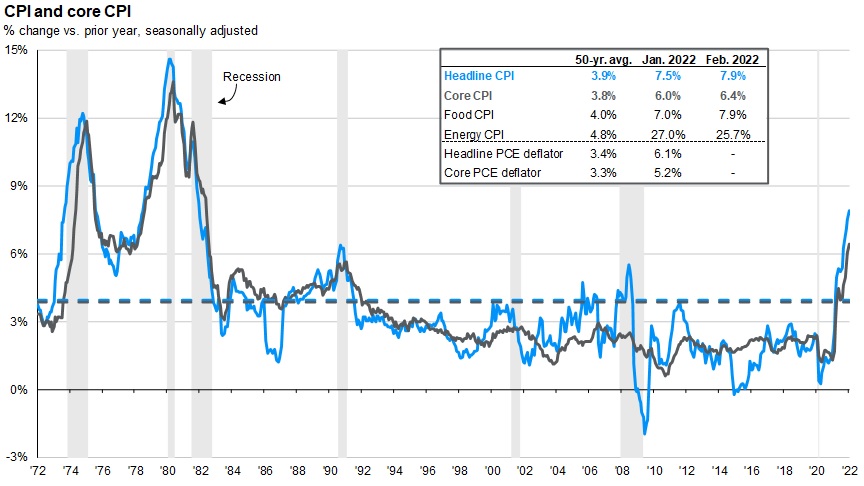Forecasting the weather is both a science and an art. A great meteorologist needs to have skills in weather pattern recognition, be skilled at deciphering interactions of many variables (3-D view of the atmosphere), and have a strong will to learn from forecast failures.
Attempting to forecast financial hurricanes are equally complex, if not more challenging. In fact, many say that it's not worth trying.
While identifying recessions may not be as adrenaline-inducing as the deliberate pursuit of an actual tornado, the act of evacuating from the path of a financial hurricane can save money and save lives.
We continue to watch the data to assess risk in the financial markets.
* * *
Since the days of Alan Greenspan dating back to 1987, the stock market has become reliant on the so-called “Fed Put” where the Fed would step in to provide a stock market floor after a 20% decline. Greenspan started a Fed policy of being very proactive in halting excessive stock market declines, acting as a form of insurance policy against downside risk. This became known as the Greenspan Put or the Fed Put. However, the current market scenario is drastically different.
The Fed Put is on hold
While the Fed Put is probably not dead, it is likely on hold and not available to the Fed right now. This is a notable risk for the stock market.
Since 1987, the Fed hasn't had to worry about inflation. Besides two brief flare ups in 1990 and 2008, inflation has been extremely tame so the Fed could easily cut rates or buy bonds to provide liquidity to financial markets. However, current inflation is running above 8% and even if it peaked in the 1st quarter, it will likely remain elevated in the 4-5% range through the rest of 2022.

The Fed is Trapped
With inflation running hot, the Fed is unlikely to step in to provide support if the S&P 500 enters bear market territory or a 20% decline. The Nasdaq and Russell 2000 (small caps) already entered bear markets from their November market peaks.
Here is a clip from our quarterly conference for clients on April 6, 2022:
If the Fed does provide their typical Fed Put in a market decline, then they risk adding gas to the inflation fire. This spells big trouble to financial markets and could result in a bear market with significant downside risks.
There are times to be aggressive and times to protect. We firmly believe that the current environment is one in which to protect assets from rising risks.
Do you think the Fed can protect markets from downside risk?
Feature image from Unsplash






